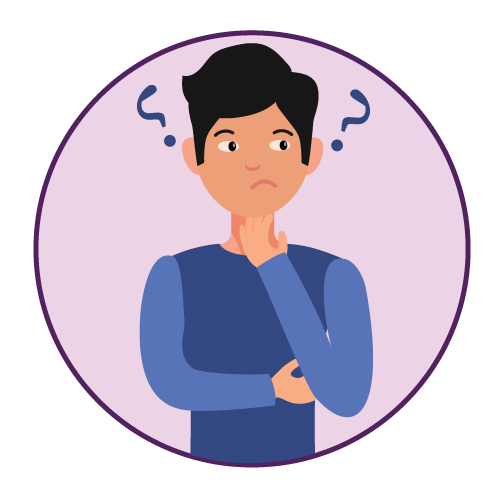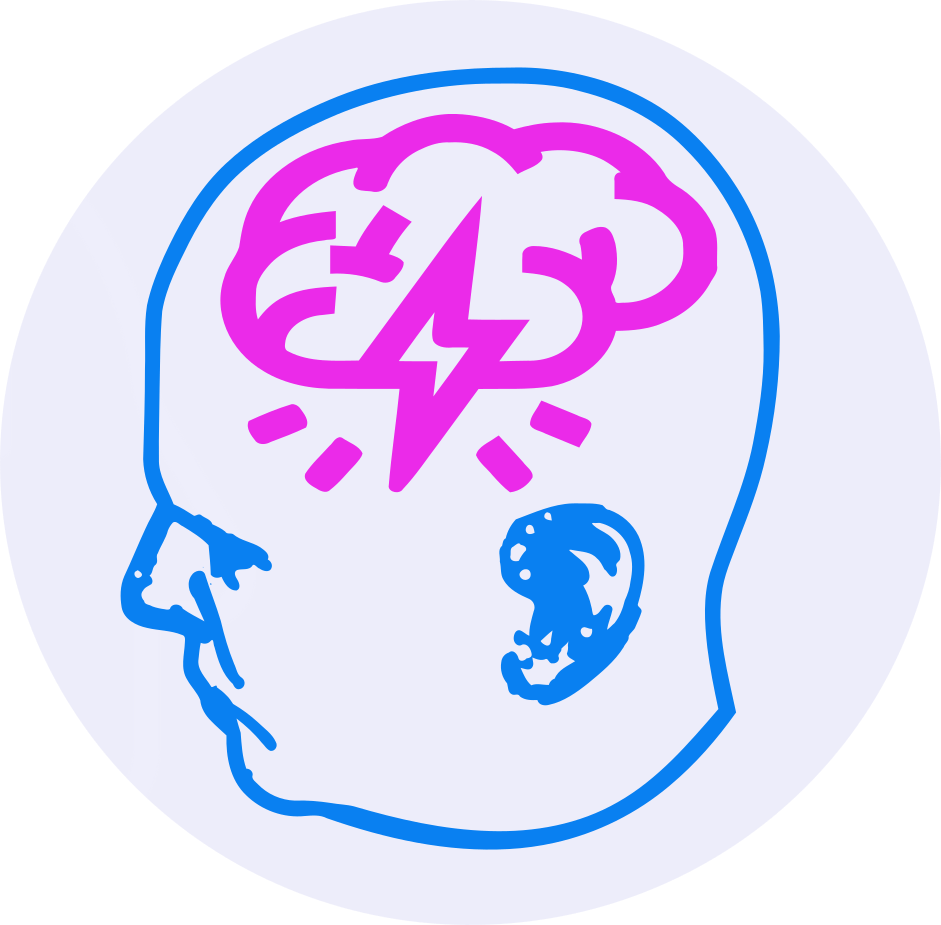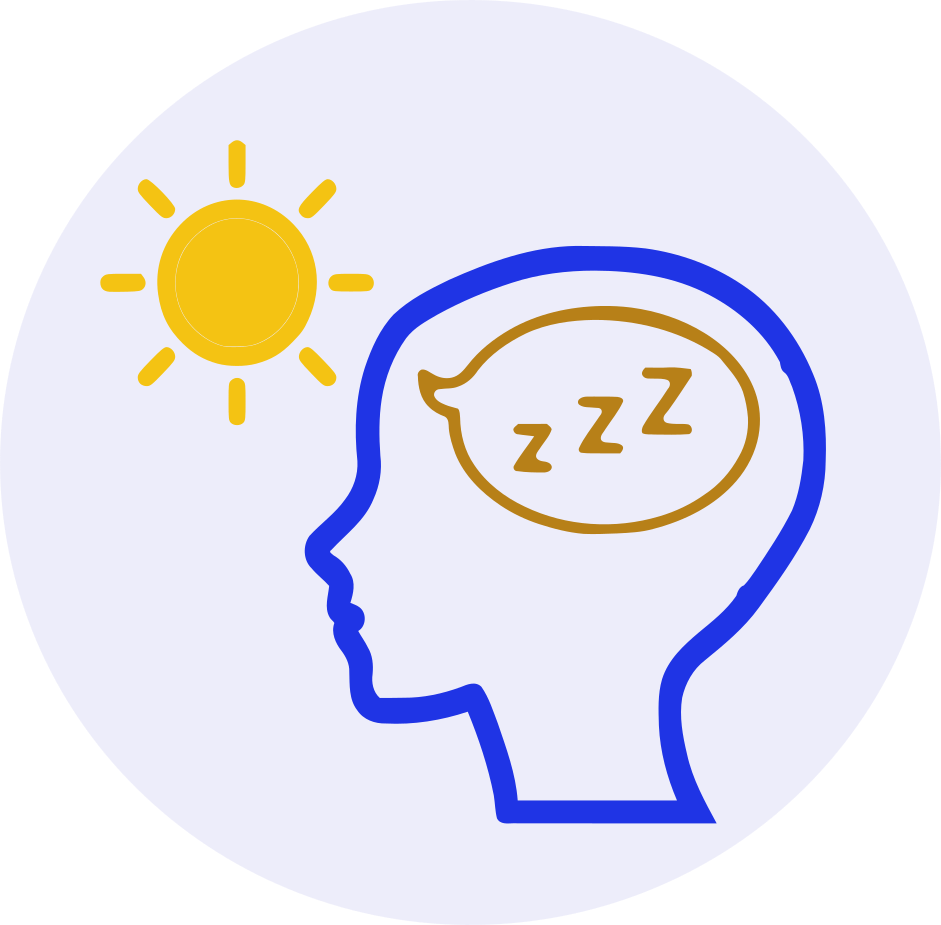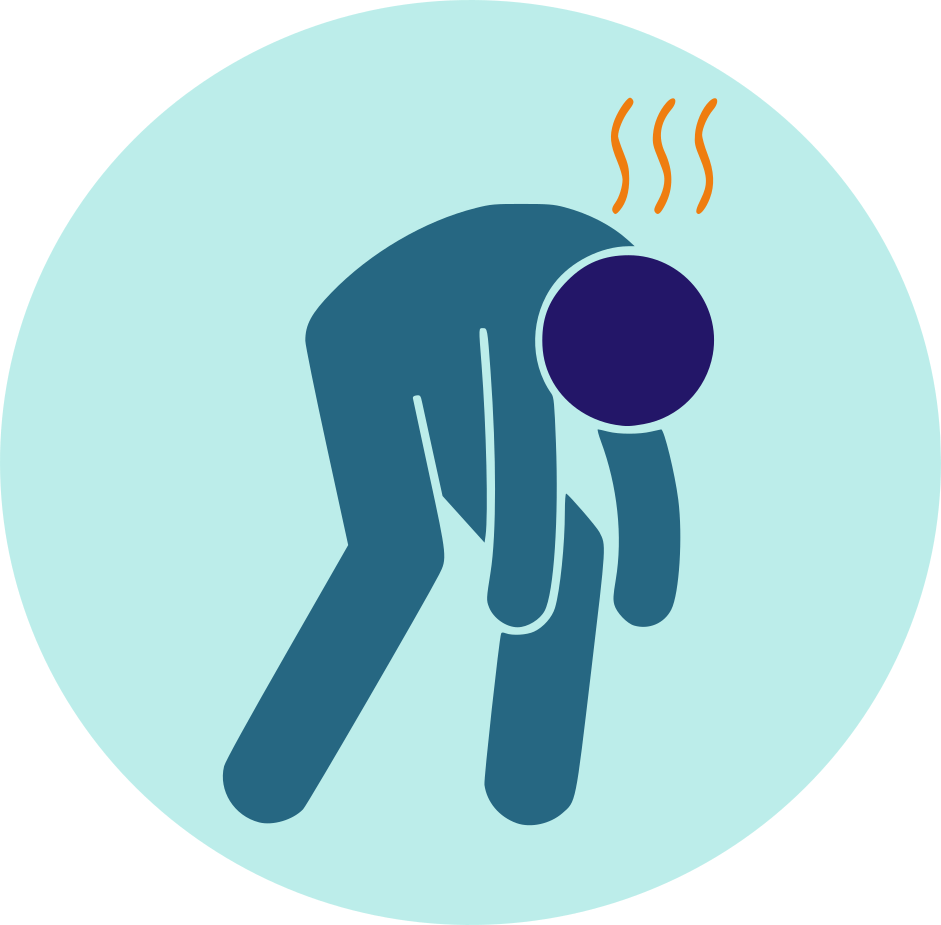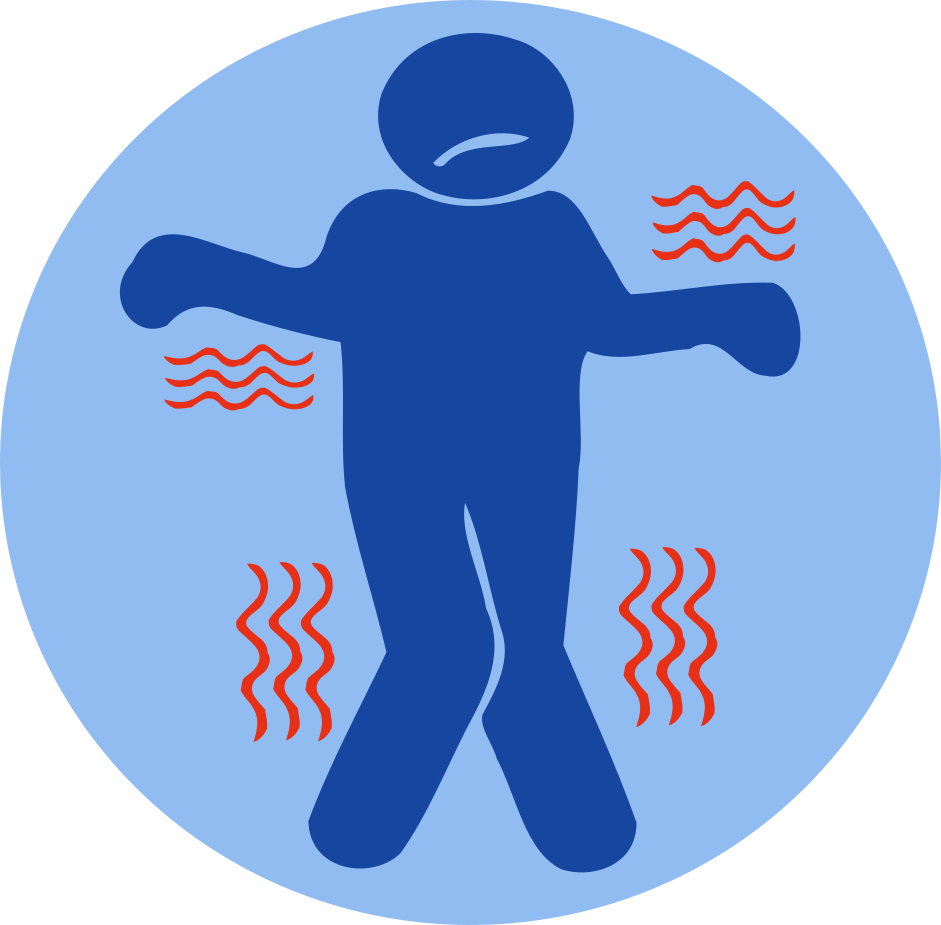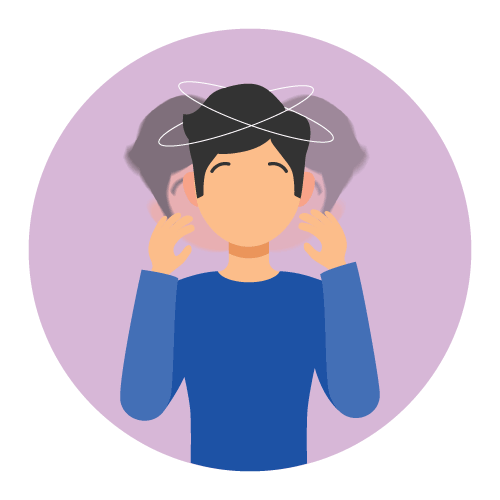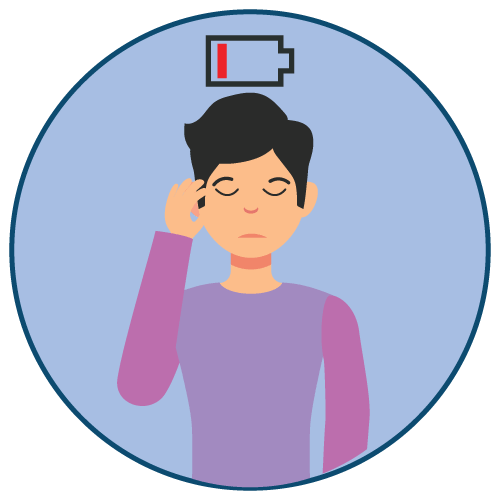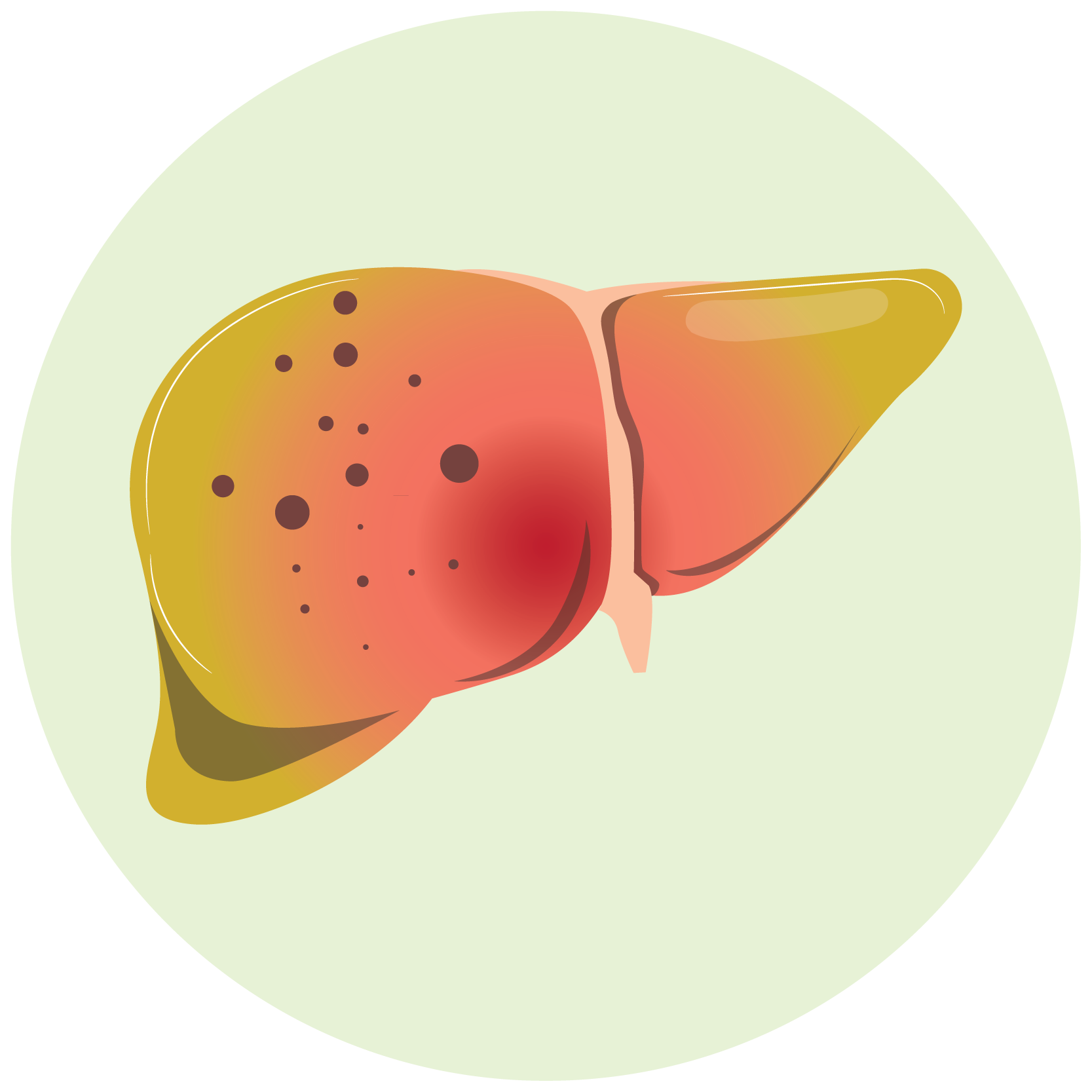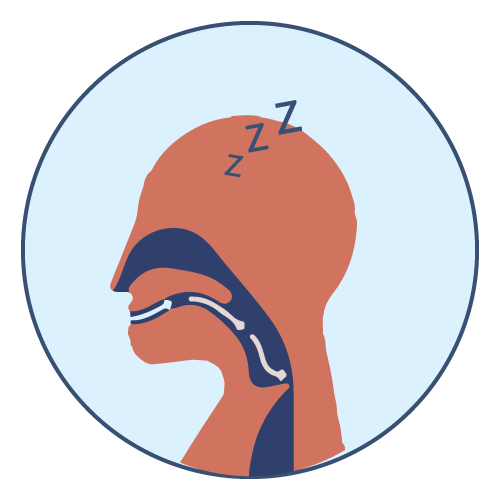| Name | Bromazepam |
| Classes |
Central Nervous System Agent Psychotherapeutic Agent Anxiolytic Benzodiazepine Sedative and Hypnotic |
| Diseases |
Anxiety Irritability Mental Disorder Nervousness Restlessness Tension |
Bromazepam
Bromazepam is a GABA-A receptor agonist. GABA receptors when stimulated produces inhibitory effects on other neuronal signals. They produce anxiolytic effect by inhibiting excitatory signals produced in the neurons of amygdala, which causes anxiety. In low doses, Bromazepam selectively reduces tension and anxiety. In high doses, sedative and muscle-relaxant properties appear.
- The maximum recommended dose is 60 mg daily. Average dose for ambulatory patients: 3 mg two or three times daily. It is often an advantage to make the evening dose larger than other doses, or when the total dose is low (e.g. 3 or 6 mg), to give the total dose in the evening.
- Severe hospitalised cases: 6 – 12 mg two or three times daily. These amounts are general recommendations, and dosage should be individually determined. Treatment of outpatients should begin with low doses, gradually increasing to the optimum level. When treatment is ceased withdrawal should be gradual. The duration of treatment should be as short as possible.
- The patient should be reassessed regularly and the need for continued treatment should be evaluated. The overall treatment should not be more than 2 – 4 weeks, followed by a tapering off process of up to 6 – 8 weeks.
Bromazepam has the following side effects-
- Drowsiness
- Confusion
- Fatigue
- Muscle weakness
- Ataxia
- Dizziness
- Blurred vision
- Nausea
- Constipation
- Jaundice
- Asthenia etc
- Patients should be evaluated routinely at the commencement of treatment to reduce the dosage and/or frequency of administration, as well as to avoid overdosing owing to bromazepam buildup. Patients should be informed that their tolerance for alcohol and other CNS depressants will be reduced, and that taking Bromazepam and alcohol at the same time is not recommended. Concurrent use of Bromazepam and other drugs has the potential to exacerbate the clinical effects of Bromazepam, such as severe drowsiness, clinically relevant respiratory and/or cardiovascular depression. Benzodiazepines should only be used under medical supervision if a patient has a known or suspected alcohol or drug addiction.
- Benzodiazepines should only be used for a short amount of time (e.g. 2–4 weeks). The usage of Bromazepam for an extended period of time is not advised. There is evidence that tolerance to benzodiazepine's sedative effects develops.
- Withdrawal from Bromazepam should be done gradually if it has been used at therapeutic levels for a long time.
- Bromazepam should be used with caution in patients who are at risk of cardiac or cerebral problems due to a reduction in blood pressure.
- Patients with compromised renal or hepatic function should exercise caution when taking benzodiazepine medications, and dosage reduction may be necessary. Some people taking benzodiazepines have had blood dyscrasias and had their liver enzymes elevated in rare cases.
Contraindication
Contraindicated in patients hypersensitive to Bromazepam or other benzodiazepines, such as-
None known.
Contraindicated in-
- Narrow angle glaucoma
- Severe hepatic dysfunction
- Myasthenia Gravis
- Sleep apnea
 Bangla
Bangla English
English